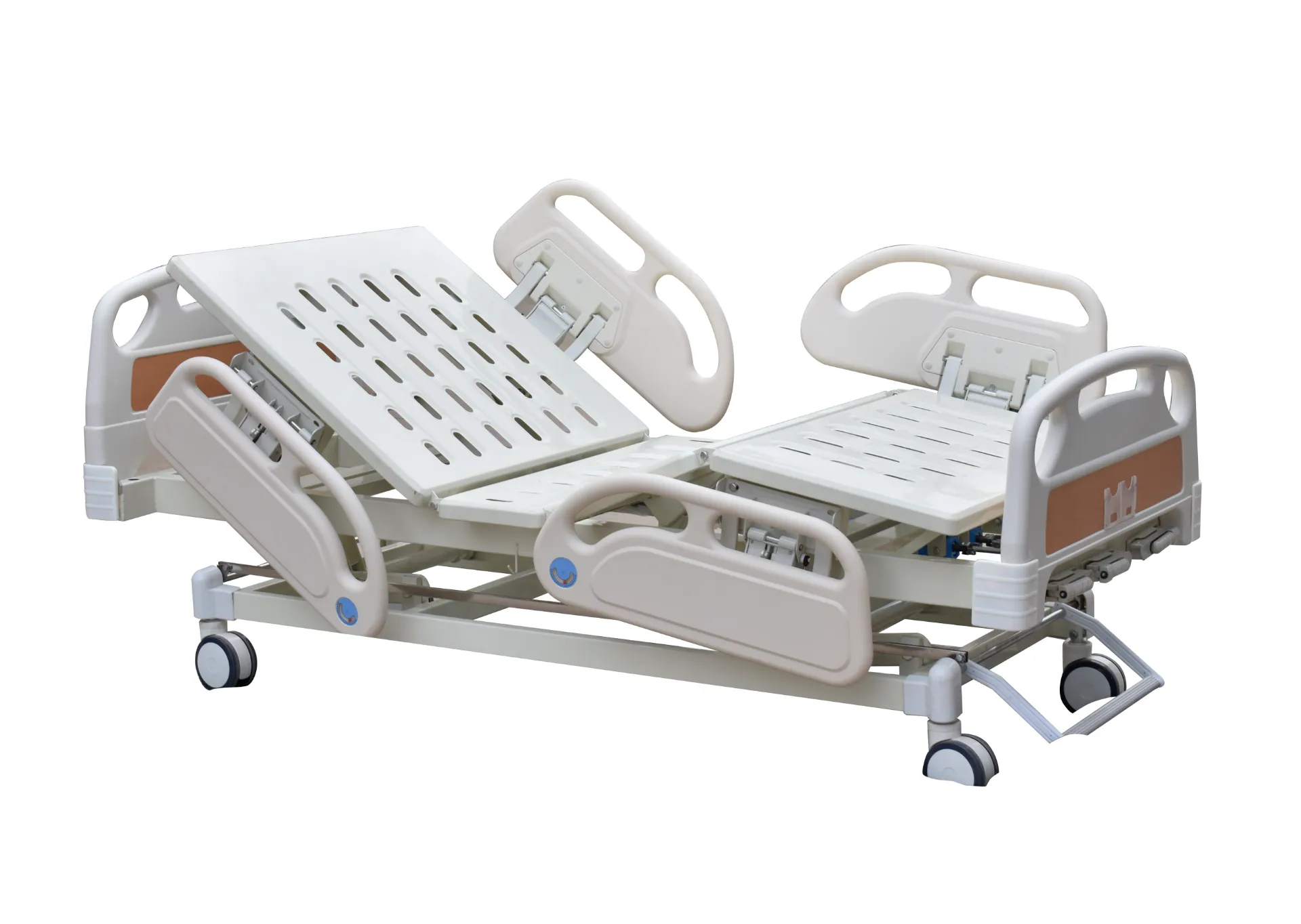Welcome to our websites!
Effective Parallel Bars for Rehabilitation and Home Exercise Programs
Parallel Bars for Home Rehabilitation A Comprehensive Guide
Rehabilitation plays a crucial role in recovery from injuries, surgeries, and various medical conditions. Among the numerous tools available to aid rehabilitation, parallel bars stand out as an effective and versatile option. This article delves into the benefits, usage, and procedures related to parallel bars for home rehabilitation.
What are Parallel Bars?
Parallel bars are sturdy, often adjustable horizontal bars, typically made from metal or wood, which are set at an appropriate height for individuals to walk or exercise between them. They are primarily used in physical therapy settings, such as hospitals and rehabilitation centers, but their portability and adaptability make them an excellent addition to home rehabilitation regimens.
Benefits of Using Parallel Bars
1. Supportive Environment One of the primary advantages of parallel bars is the stability they provide. Patients can use the bars for support while performing a variety of exercises, which boosts confidence and encourages independence.
2. Improved Balance and Coordination Walking between parallel bars helps to enhance balance and coordination, especially for individuals recovering from lower limb surgeries or injuries. The bars allow users to safely practice their walking gait and regain their stability.
3. Strength Building Regular use of parallel bars can effectively strengthen the muscles of the legs, core, and upper body. This strength is crucial for overall mobility and the ability to perform daily activities without assistance.
4. Customizable Therapy Parallel bars can be used for a wide range of exercises tailored to different needs and rehabilitation goals. Physical therapists can create personalized plans that include balance training, walking practice, and strengthening exercises.
5. Home Convenience Having parallel bars at home allows individuals to continue their rehabilitation exercises at their convenience, facilitating a smoother recovery process. Consistent practice in a familiar environment can lead to improved outcomes.
Setting Up Parallel Bars at Home
For those considering parallel bars for home rehabilitation, setting them up requires careful consideration
- Space Ensure you have enough space to accommodate the parallel bars and allow for safe movement around them. A room with hardwood or non-slip flooring is ideal.
parallel bars for home rehab

- Height Adjustment Choose adjustable parallel bars to cater to your specific needs. The bars should be set at a height that allows users to maintain natural elbow flexion while holding onto them.
- Secure Anchoring Ensure the bars are stable and securely anchored to prevent any wobbling or falling while in use.
- Safety Accessories Consider using non-slip mats or grip pads to provide additional safety and prevent slipping during exercises.
Effective Exercises with Parallel Bars
Here are a few exercises to incorporate into your home rehabilitation routine
1. Basic Walking Start with slow walks between the bars to regain your walking gait. Focus on even steps and maintaining balance.
2. Side Stepping Practice side-stepping along the bars to enhance lateral stability and coordination. This exercise is particularly beneficial for improving balance.
3. Leg Lifts While holding onto the bars, lift one leg at a time to build strength in the hip flexors and legs.
4. Squats Use the bars for support when performing squats, focusing on form to strengthen your lower body.
5. Standing Balance Stand at the bars with your feet shoulder-width apart. Practice balancing on one leg for a few seconds before switching legs.
Conclusion
Parallel bars are an invaluable tool for home rehabilitation, providing the necessary support for individuals recovering from injuries or surgeries. Their benefits extend to improved strength, balance, and confidence, making them a dynamic addition to any home therapy routine. By utilizing parallel bars effectively, individuals can enhance their recovery journey, ultimately leading to greater independence and a return to daily activities. Always consult with a healthcare professional before starting any rehabilitation exercises to ensure safety and effectiveness tailored to individual needs.
-
Transforming Healthcare with Hospital FurnitureNewsJun.24,2025
-
Rehabilitation EquipmentNewsJun.24,2025
-
Mobility and Independence with WheelchairsNewsJun.24,2025
-
Freedom of Mobility with Our Rollator WalkersNewsJun.24,2025
-
Comfort and Independence with Commode ChairsNewsJun.24,2025
-
Bathing Safety and Independence with Shower ChairsNewsJun.24,2025
-
Navigating the Wholesale Landscape of Electric Mobility Solutions: Key Considerations for Power Wheelchair DealersNewsJun.10,2025











